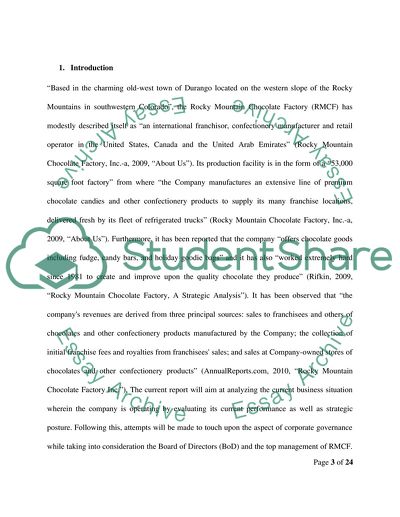Cite this document
(Rocky Mountain Chocolate Factory Auditing Case Study, n.d.)
Rocky Mountain Chocolate Factory Auditing Case Study. Retrieved from https://studentshare.org/finance-accounting/1739181-project-auditing
Rocky Mountain Chocolate Factory Auditing Case Study. Retrieved from https://studentshare.org/finance-accounting/1739181-project-auditing
(Rocky Mountain Chocolate Factory Auditing Case Study)
Rocky Mountain Chocolate Factory Auditing Case Study. https://studentshare.org/finance-accounting/1739181-project-auditing.
Rocky Mountain Chocolate Factory Auditing Case Study. https://studentshare.org/finance-accounting/1739181-project-auditing.
“Rocky Mountain Chocolate Factory Auditing Case Study”, n.d. https://studentshare.org/finance-accounting/1739181-project-auditing.


